I adore building up worlds – Interview with Miklós Kiss graphic designer / ‘This is their time of coffee’ interview series
2022-01-24
It is always very exciting to have an insight into the work of a creative person, to see what is behind his sketches, to understand his mindset a bit better, to know what inspires him or which that particular moment is when he feels he can fulfil himself in a project. We had the same feeling in connection with Miklós Kiss graphic designer. With his unique, distinguishable style he is a well-known professional both home and abroad.
His name is connected to such excellent projects as the interior design of Millenium Háza Restaurant and Cafe, the visual design of the beautiful internal spaces of Gard’Ann Patisserie in Kaposvár, the graphic design of the world of Budapest Central European Fashion Week or even the brand design of our eight-armed barista octopus. We, among others asked Miklós about coffees, the joy of creativity and his ideal projects.
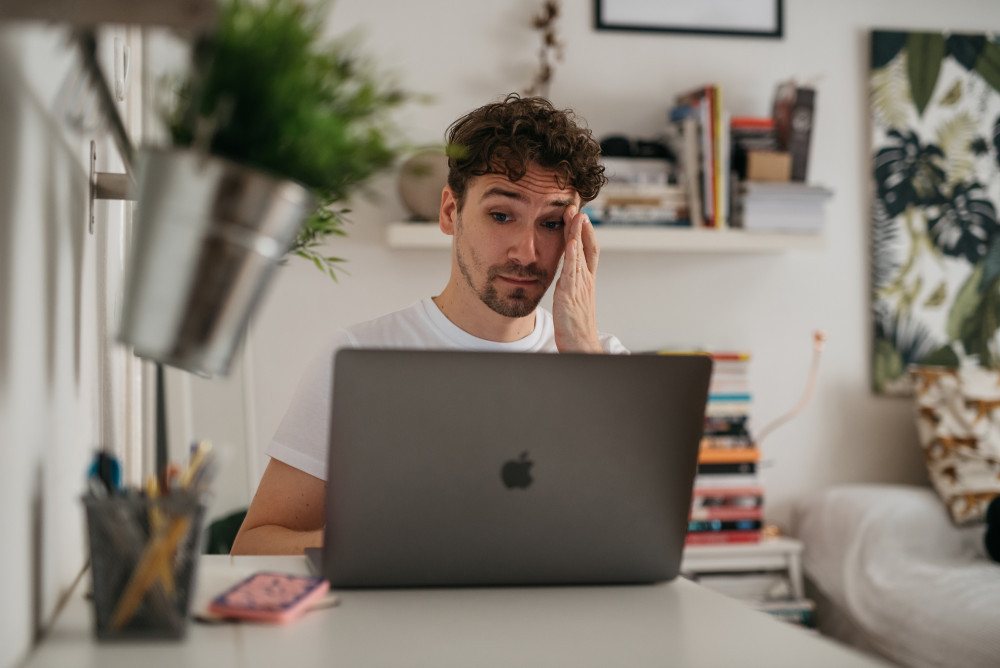
If coffee, which is your absolute favourite? How do you like having your coffee?
Filter! In all quantity, and I usually entrust the actual barista to recommend me a good coffee. My other favourite is espresso tonic. In the summertime I love cold brew and its nitro version, too.
In what extent are you a home barista?
Not at all. I don’t have any patience for this. What remains is capsule coffee from which I try not to choose a too dark-roast one.
How would you describe the ideal coffee experience and moment?
It can be of all kinds. I adore when the sun shines and I can have a coffee in the morning, sitting on the terrace of my favourite coffee shop. I love reading with a good coffee, it can be a novel, a magazine or even a comic, too. The best moment is when I can do so abroad. I really enjoy that no one can disturb me. Of course, the perfect partner in crime for me is my wife (Eszter Sára Cseh, photographer).
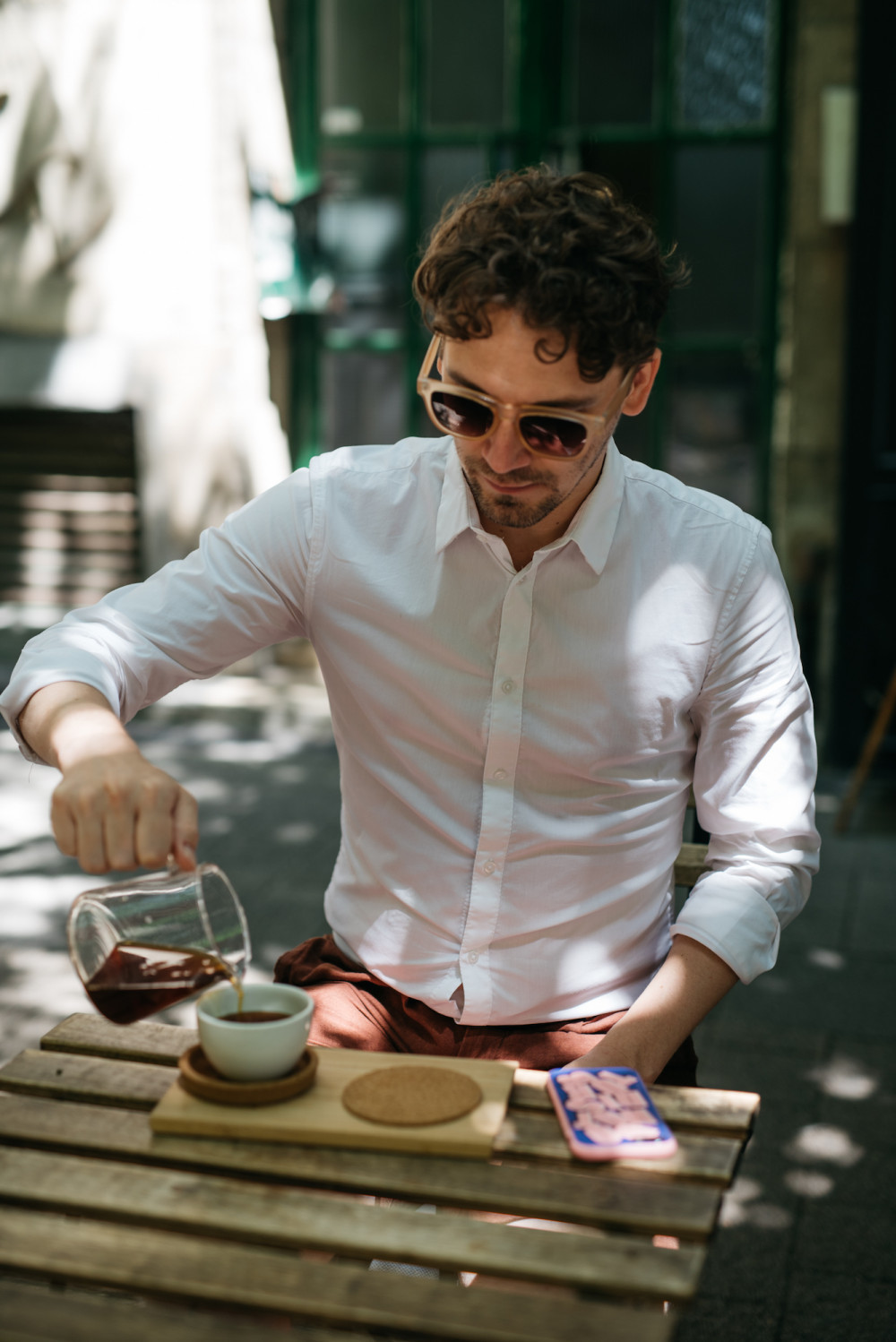
You’ve visited many places in the world: where have you got the best coffee in your life?
It’s hard to tell. To tell the truth it is the taste of a person that improves. So I don’t believe in the word ’best’. How I can answer this is that I have really determining coffee memories I love to remember. For example, in Bali, in the town of Ubud there was a specialty shop we found on our honeymoon. Or a very good cold brew in Seminyak, Bali, in a place called Revolver into which you could enter through a secret door of an alleyway. Or a super Aeropress in New York while I was waiting for my wife who had photo shooting at a model agency at Flatiron Building when I just watched the traffic through the window in the sunshine. Having a V60 in New York is also memorable we consumed for breakfast in the park behind the library. In Seoul I had several great coffees, one of the favourites was in a shop next to the Leeum Samsung Musem of Art in the company of a very tasteful chocolate banana bread. Or just to mention a fantastic ice espresso tonic near Wynwood Walls, Miami in the summer heatwave with a slight hangover.
A V60 in San Francisco while we were waiting for a table with our friends, and as we could get into the place, a nice Mimosa welcomed us :). And last but not least an espresso martini in London, in Old Spitalfields Market in a shiny summer morning. As you can see it is rather the feeling I prefer in having a coffee.
Do you have any favourite coffee shops in Budapest? Or do you prefer trying out new places from time to time?
I like trying new ones, but I have my favourites, too. As I live near Széll Kálmán square, one of my permament places is Kaffeine on Lövőház street. I really love the staff there and adore sitting on their terrace in the summertime. Another big favourite of mine is Brew Bar in Madách square. Before the pandemic I visited Nanushka shop, too, and it also has a really good coffee shop.
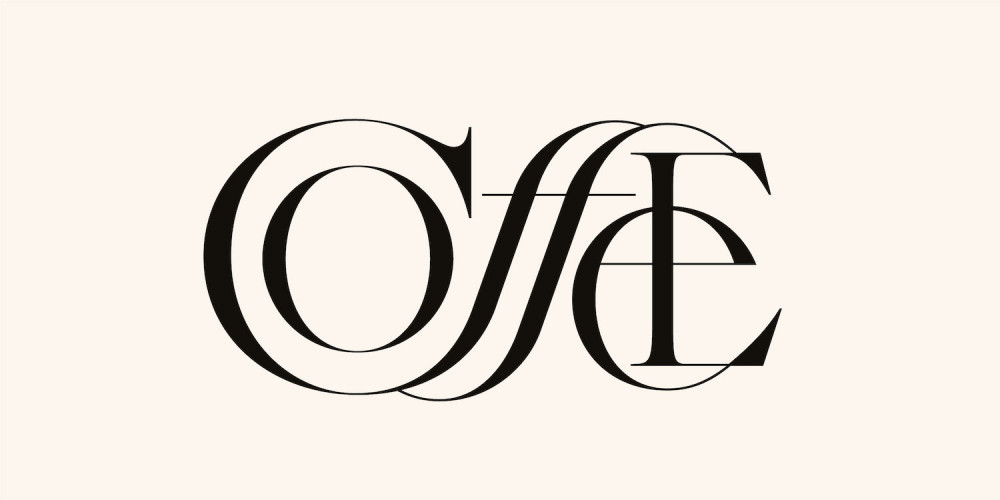
It was you who designed the whole image of Roastopus, starting from the brand name, logo and package design to the layout of the website. How much did you have to be familiar with the world of coffee? Namely how much does an art director have to know the culture of a given product on which he is working?
It is essential so that you can capture the feeling. You must live together with it, feel the rhythm of it and build up its world. It is very visible whether you like a product you are working on or not. Chemistry is also important: it has to work with your contractor, and with Balázs (Balázs Bakos, from Roastopus) we are in a very good connection, I know he really trusts me.
You’re an artist, you graduated as a painter, it is hard to describe with one word what your profession is: graphic designer, art director, interior designer. How do you think about yourself in this sense?
It is hard to tell even for me. Sometimes I think that less would be better. But I cannot resist: once I’m getting interested in something, I jump into it. It is just like something that is permanently moving me.
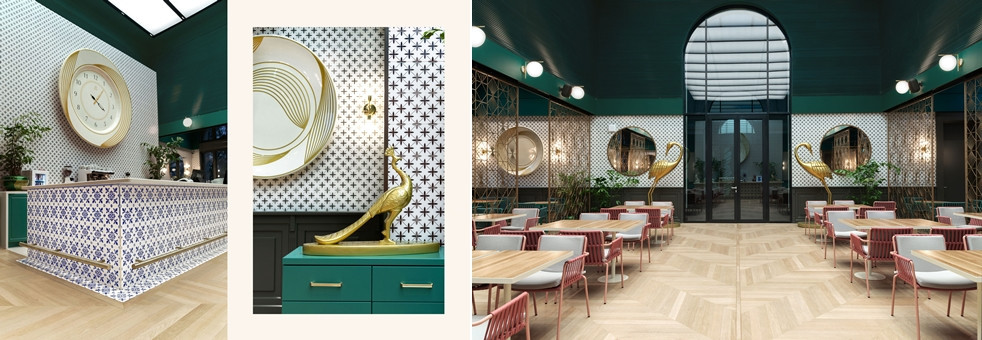
What do you really enjoy about your work? What kind of projects do you prefer?
When I have a free hand in something. Just like with Roastopus. In such cases I’m really grateful and I work with double joy. I adore building up worlds. I like when they approach me as a professional and entrust me with the whole visual design and trust my value judgement.
How do you lay out the image of a new brand for instance?
I always start with some research. I like it when there is a concept, a guideline on which everything is based. Then the world of which basis I’ve laid down is evolved. The image of Roastopus is a really good example for this, and the package design is very beautiful. If a great image exists, then comes the website or e.g. their stand we constructed for the event of KávéBár Bazár of 2020. The world we imagined is expanding, and this is a very exciting process when the basic concept is enlarged with new elements but these are still unified. When building up a structure it is very useful that I do a lot of things because I can see through many levels of visuality at the same time.
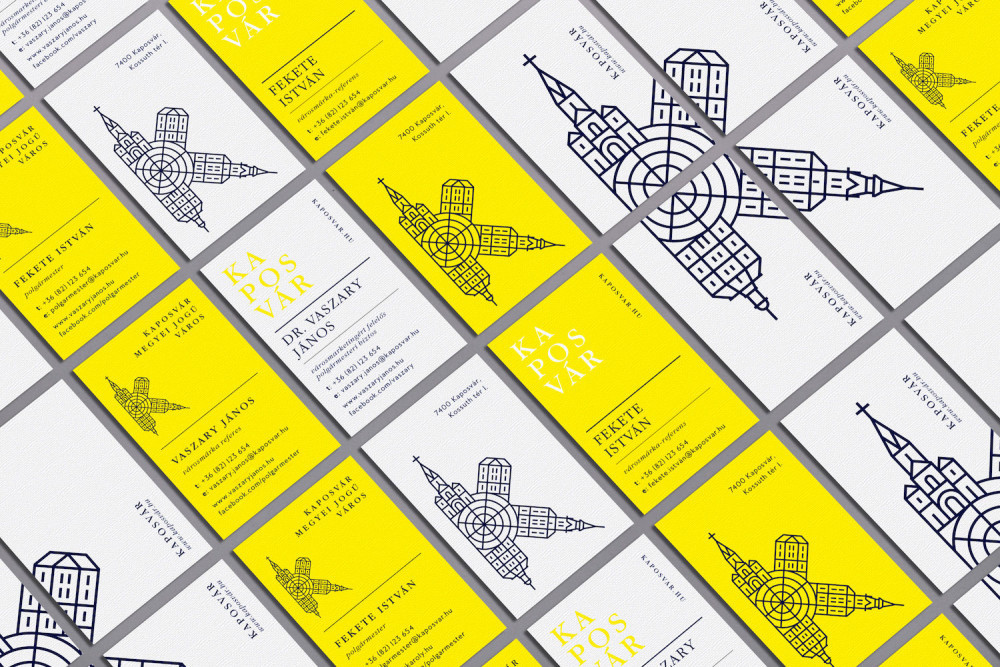
Which are the projects you are the proudest of? Or have you had any ‘problematic’ yet memorable ones?
I pick all my works to pieces once I finish them and I always see their problems. At the moment one of my favourite projects is a rebranding concept for the Guggenheim Museums I’m doing for myself. As there is no contractor behind it, I can absolutely let my fantasy fly. Sometimes there are projects of which identity or visual challenge is harder to puzzle out. For example, designing the logo of the city of Kaposvár was a bit difficult for me. Or it was challenging to find out a new idea after my first concept of palm trees, sculptures and painted tiles for Millenium Háza was refused. Or when some of the very first ideas are declined and you have to create something totally new. Somehow you get through them and just wait for the divine spark. Yet it is better when your initial idea is supported because it can give a real boost to the project.

What is the most challenging burden of this kind of creative work? How can you even have some relax?
Many times it is the work itself that relaxes me. I always release myself with those projects I do for my own joy, and when I say yes to a new work I tend to fulfil it with pleasure. At the same time, I adore travelling and reading, or having some secret trips with my wife when we just dive into the possibilities of gastronomy. I am pretty much self-imposed and have a strong demand for freedom, thus when a project starts to bound me, a warning bell rings and if the situation does not change, I’ll quit it or even not undertake it. I’m not a simple person. I’ve always built my portfolio as this is the only one that carries on a creator, this is why he remains interesting.
Your wife is a photographer. How do you inspire each other?
We talk through everything. There is no loud quarrel or dispute between us about everyday topics. Our battle of words focuses only on art or our creations and creative processes. It is very inspiring when you can give a boost to the other or make her think about something new. Eszter is really good at it. Unfortunately, I have a pretty simple toolkit when I have to express my honest opinion, and I’m apt to briefly reflect on something I don’t like. But it is for sure that those who know me are aware of the fact that I’m always honest, and my straightness aims to help him or her. To tell the truth I have to refine my way of communication.
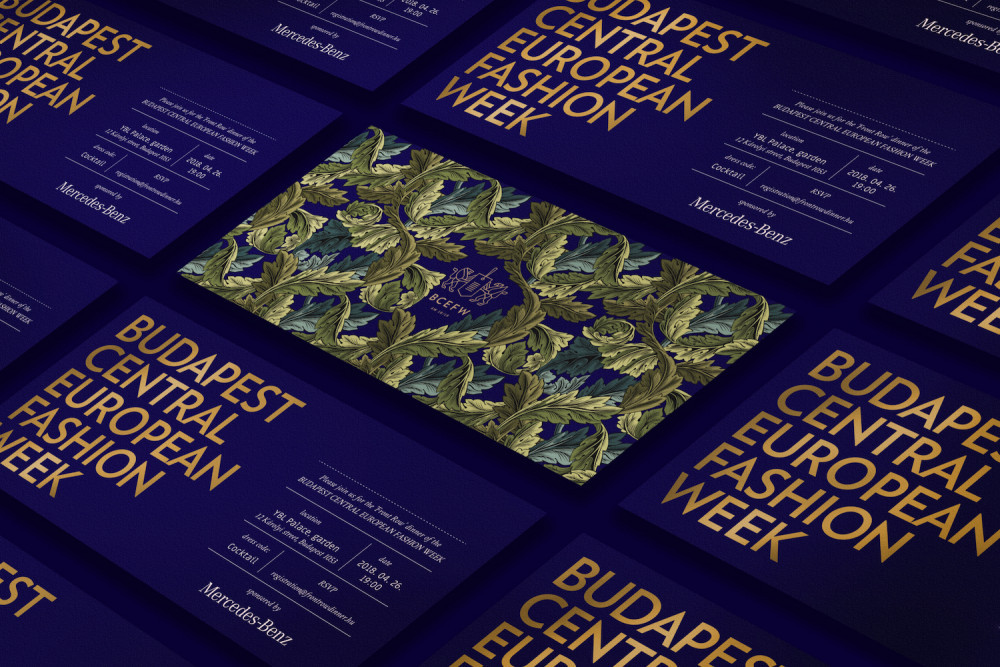
If you didn’t choose to be an artist, what would be your profession? What else are you interested in?
It has never been a question. :) I have never even thought about it, so I would be in a great trouble once I should do so.
You’ve many experiences with international projects, too. Do you see any difference in the approach to the importance of the visual presentation of a brand/product here in Hungary and abroad?
Yes, absolutely. There is a more professional approach regarding my international projects. They tend to let me do what I’m good at. They ask for my help because they want what I do. This is only my experience, and it may only be the characteristic of some countries, cities. I believe that amount of ’imbecility’ per capita is the same everywhere. So if someone works in New York or London – based on the law of large numbers, and because of the greatest impact of visual culture on those who live there – his work will be moved forward easier with a complex project than it would be the case here in Hungary. You just simply feel that your dreams can come true, and this is a really good feeling. It is another issue that sometimes you feel that Hungary is the homeland of 10 million visual pros. Everybody is pretty good at everything.
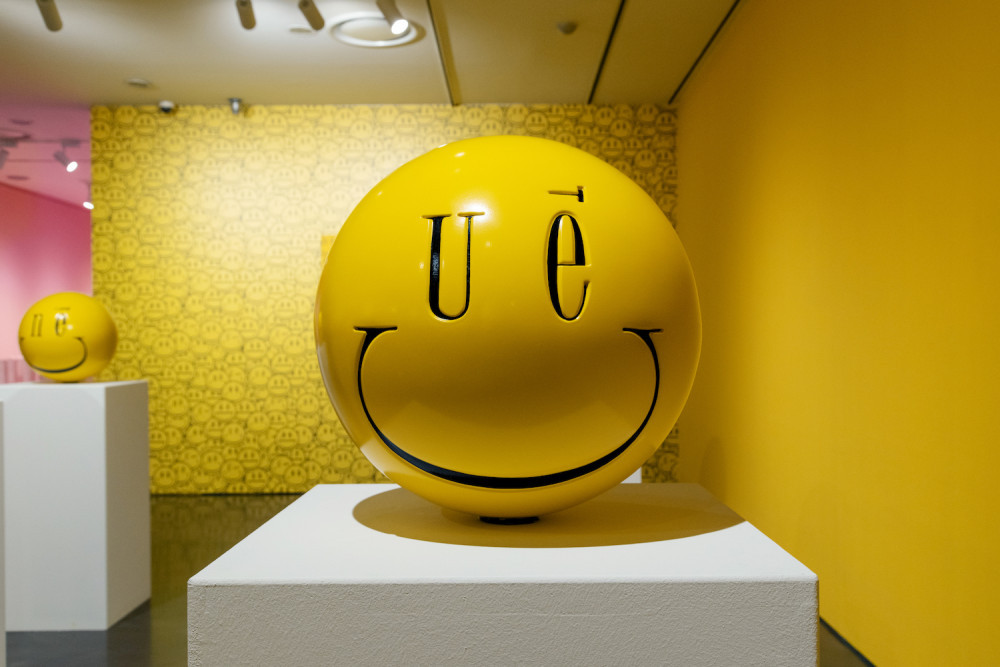
Would you uncover something about your current projects?
At the moment I’m working on an exhibition for China and on an own font type.
(Graphics presented in the interview are the works of Miklós Kiss, photos are taken by Eszter Cseh.)

